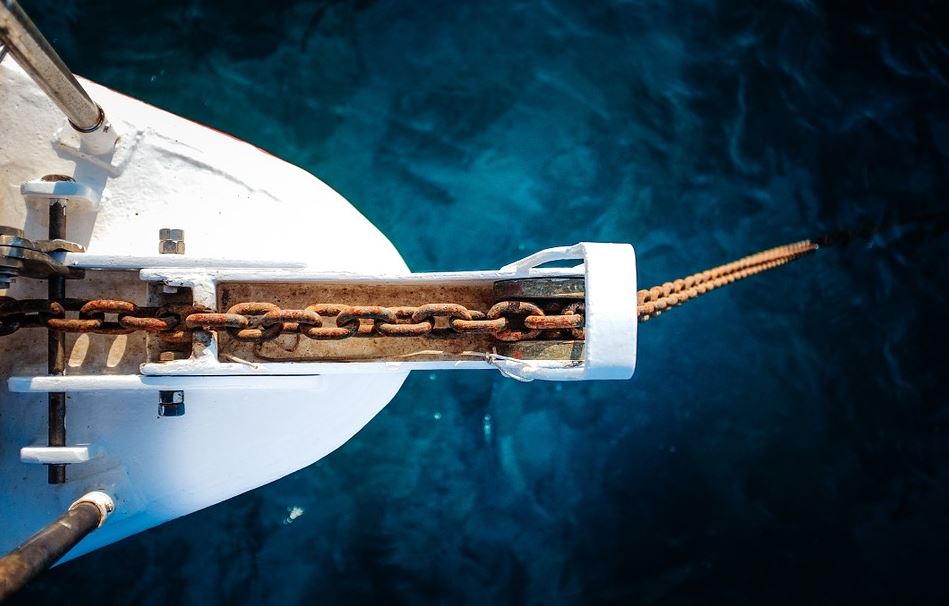
Hone your skills with some of Mylor's top tips and tricks for safe, secure and smart anchoring.
#1. Know Which Sea Bed Is Good For Anchors
When faced with an array of varying underwater terrains, knowing what surfaces you can and cannot drop your anchor onto is essential knowledge for any sailor.
What seabeds are good for anchors?
Mud, clay and silt are good for pretty much all anchor types, however we recommend an anchor with a large surface area for mud beds and an anchor with a sharp ended design for clay.
What seabeds aren't good for anchors?
Stay away from rock, coral or gravel surfaces as well as beds covered in weeds or seagrass. Also make sure you're aware of any prohibited locations prior to embarking on your sailing trip.
What seabeds do I need to be cautious with?
Coarse grain sandbeds can be problematic for anchors or if the bed itself is a particularly uneven surface. However if the sea bed is level, consistent and comprised of fine grain sand, you shouldn't have any issues.
#2. What Length?
If your anchor rode is made completely from chain, it needs to be 3x the estimated depth of water (for example, a depth of 3 metres will require a chain that is 9 metres in length). For a chain-warp rode combination it needs to be at least 5x the depth, and for a rope rode, at least 7x the depth of water. If you have extra rode available - make sure you use it!
#3. Rope or Chain?
An all-rope rode is ideal for light-duty anchor purposes, however, chains are much more appropriately suited and reliable for heavy duty anchoring as the chain helps weigh the anchor down, keeping it firmly set in place.
Another useful trick when using a rope rode is to attach a generous 2 metres of chain between the shank (anchor stem) and the rope to ensure the anchor stays fixed more securely in place.
#4. Know How To Anchor In Bad Weather
Every experienced skipper knows there are right ways and wrong ways to drop anchor in stormy conditions. In the video below, sailing veteran Skip Novak gives you some of his special techniques for anchoring safely when the weather is bad:
* Don't anchor next to high ground where you get vertical winds.
* Anchor somewhere where the ground is of an even, consistent level to guarantee a good holding.
* Opt for single anchor, oversized, heavy ground tackle for bad weather. E.g a 105lb plow type anchor, 100 metres of 12mm chain and a couple of spare anchors if necessary.
* Don't use double anchors or anchors-in-tandem techniques as they can be dangerous to deploy and recover. It's better to sacrifice 20 or 30 kilos of weight on a cruising boat for good quality, heavy anchoring gear.
* Don't de-rig the boat to anchor in bad weather conditions: People often come in from offshore, drop the main and take the halyard off, but if the engine fails and it's too deep to anchor, you need to be able to sail out of there.
* Once you've found 10 metres, drop 60 metres of chain, paying out the rode slowly.